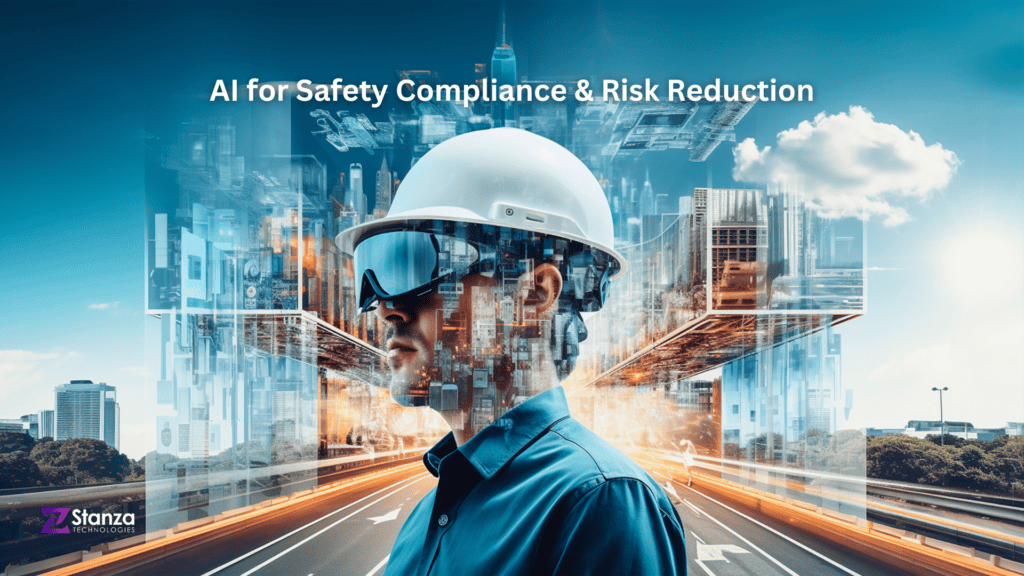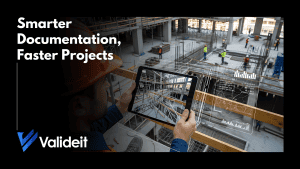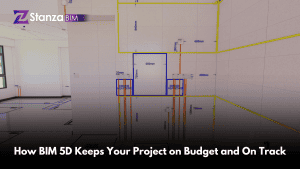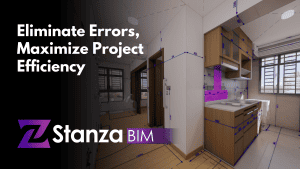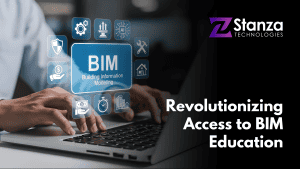In the bustling world of construction, safety has always been paramount. From the early days of manual labor to modern technologies, minimizing risks and ensuring compliance with safety protocols has been a constant concern for builders and project managers alike.
In the past, mitigating risks in construction relied heavily on human oversight and adherence to established safety guidelines. Workers underwent rigorous training to recognize potential hazards and were expected to follow strict protocols to prevent accidents. Safety inspections were conducted regularly, relying on physical checks and manual documentation to ensure compliance with regulatory standards. While these measures were effective to a certain extent, they were limited by human error and the inability to foresee every potential danger.
As technology advanced, so did the methods for minimizing risks and enforcing safety protocols in construction. Introducing sensors and monitoring devices allowed real-time tracking of environmental conditions and worker activities on construction sites. Wearable technology provides workers vital information about their surroundings, such as detecting hazardous gases or alerting them to nearby machinery. Building Information Modelling (BIM) software also revolutionized project planning and design, enabling stakeholders to identify and address safety concerns before construction even began.
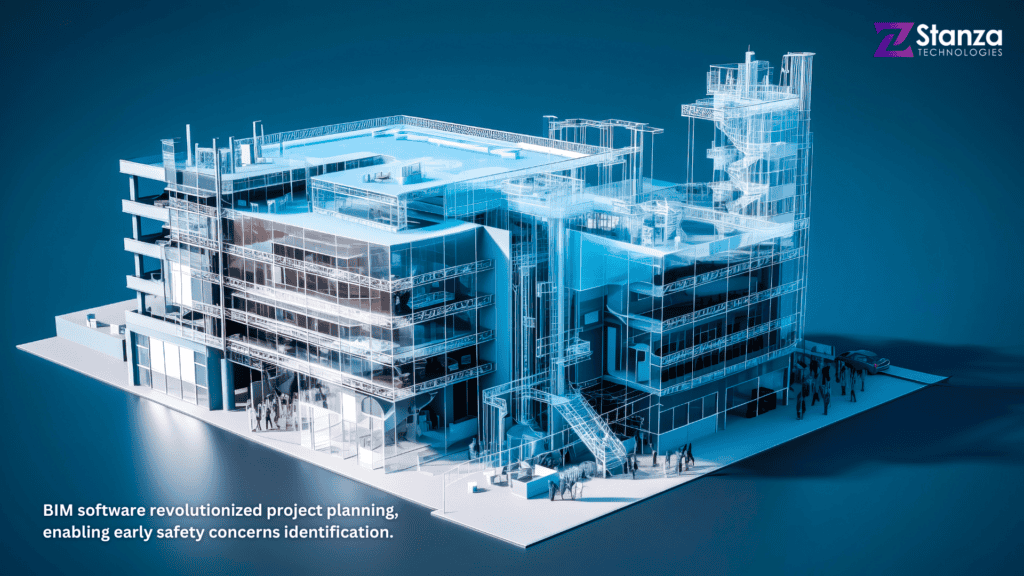
However, despite these advancements, challenges remained. Ensuring full compliance with safety protocols across large and complex construction projects remained daunting. Human error and oversight continued to pose risks, and the sheer volume of data generated by modern construction sites made it difficult to analyze and act upon promptly.
Enter artificial intelligence (AI), the game-changer in the quest for safer construction practices. AI Algorithms can process vast amounts of data from sensors, drones, and other IoT devices in real time, identifying patterns and anomalies that human operators might miss. Based on historical data, machine learning models can predict potential safety hazards and provide proactive recommendations for risk mitigation. Furthermore, AI-powered predictive analytics can anticipate and prevent accidents before they occur, saving lives and resources.
But AI’s impact on construction safety continues beyond there. Using computer vision technology, AI can monitor worker behavior and detect deviations from safety protocols in real time. For example, AI-powered cameras can identify workers not wearing appropriate safety gear or engaging in risky behavior, allowing immediate intervention. Moreover, AI-driven simulations and virtual reality training programs enable workers to practice safety procedures in realistic environments, enhancing their preparedness for potential hazards on-site.
AI holds immense potential for minimizing risks and ensuring compliance with safety protocols in construction. By leveraging the power of data analytics, predictive modeling, and computer vision, AI enables proactive risk management and real-time intervention, ultimately creating safer working environments for construction workers and reducing the likelihood of accidents and injuries. As technology continues to evolve, AI will undoubtedly play a central role in shaping the future of safety in the construction industry.
